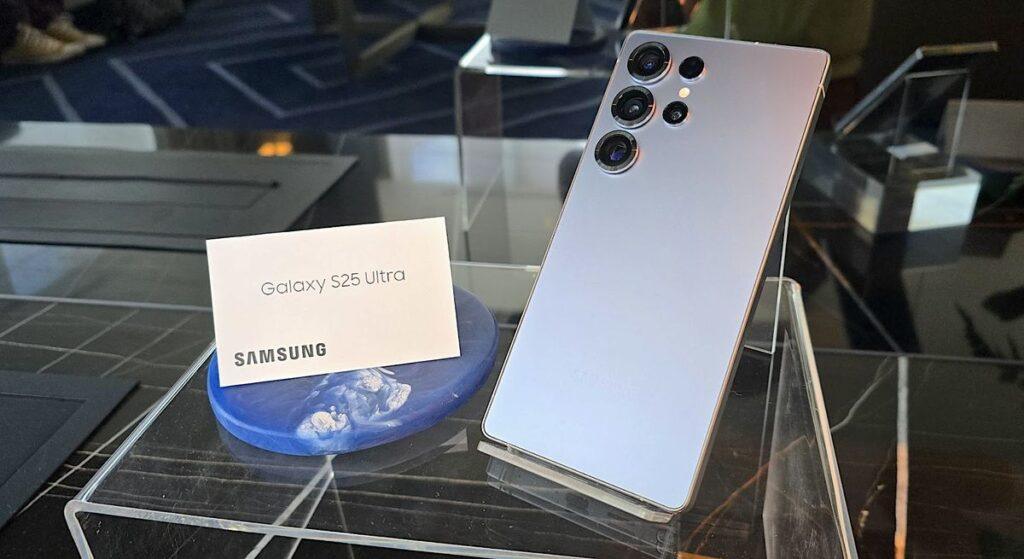- Samsung has adopted the Content Credentials standard for AI-edited images
- The Samsung Galaxy S25 series will be the first phones in the world to run the standard
- The standard adds a tag and metadata to AI-edited photos created on a Galaxy S25 device
Most of the attention at Samsung Galaxy Unpacked was obviously devoted to the new phones – those in the Samsung Galaxy S25 series – but there was something quite important that slipped under the radar, and that is the adoption of content credentials.
In 2024, the adoption of a standard for labeling the creation of images and digital content was a hot topic, especially due to the rise of generative AI and the scourge of art theft that followed to train large language models. Tech companies began adopting their own metadata markers and watermarks to indicate AI alteration, but a standard to identify the legitimacy of an image has often been skipped.
One of the frontrunners for such a standard is Content Credentials, supported by the Content Authenticity Initiative (CAI). The tool was developed by Adobe, and the Initiative counts Microsoft, Getty Images and Nvidia as members, to name a few.
With this announcement, Samsung has joined the Coalition for Content Provenance and Authenticity (C2PA), which unites the work of CAI and its content authentication standard with Project Origin, another organization that fights disinformation, but rooted in a news ecosystem that can verify the authenticity of content.
“We’re excited to share that Samsung will implement #ContentCredentials for AI-generated images on the #GalaxyS25!” wrote C2PA on LinkedIn. “Samsung has committed to a consequential step in bringing transparency to the digital ecosystem.”
If you suspect an image has been altered with AI, you can drop it into a tool built by Adobe to verify its authenticity.
Think of content credentials as a ledger that holds content information; what device it was shot on, what program (or AI tool) it was modified with, even what settings were enabled when the original image was created.
With this standard in tow, AI-generated and AI-altered images produced on Samsung Galaxy S phones will receive a metadata-based label that basically notes that AI has tampered with what you’re seeing. The ‘CR’ watermark will also be added to the image. While the S25 family is the very first set of phones to carry the metadata tag on images, it follows camera companies Nikon and Leica who have also signed up to the standard.
The standard is, broadly speaking, a win for creatives who want to protect their work, but the obvious problem with any standard is a lack of enthusiasm. If not enough companies producing AI tools adopt standards that make it easy to flag AI-altered content, then such a system is worthless.
With more than 4,000 members under the wing of the Content Authenticity Initiative, there is hope for tools to effectively flag the use of AI and keep pace with the increasing capabilities of such tools.



